Due to the length of the SARS-COV-2 pandemic, the development of what are known as variants, or mutations in the original virus’s genetic code, are becoming more prevalent. While some of these mutations are not made to survive, dominant strains such as the Delta and Omicron variants have rendered weaker strains of Coronavirus obsolete. Omicron followed the Delta variant, it emerged in South Africa, being first identified in the United states on November 26th. While this virus is predicted to not result in as harsh infections like the Alpha and Delta strains, Omicron’s highly infectious nature has already shown itself in Santa Barbara High’s halls, leaving many classes without teachers, and teachers with dwindling classes.
The Omicron variant has spread rapidly since the CDC designated it as a variant of concern on November 30th. The new variant has been detected in more than 30 countries, and in over 6 continents. Omicron contains about 50 mutations, 26 unique to the variant, and 30 on the spike protein-the viral protein that vaccines attack. Several of these proteins are believed to increase the probability of infection, as it increases the grip the virus has on cells. When comparing rendered models of the virus, previous bonds between the spike protein and the cell-surface protein called ACE2 (the entryway to the cell) could be compared with a handshake, however, the new Omicron bond “looks more like a couple holding hands with their fingers entwined,” says Joseph Lubin of Rutgers University in New Jersey. The grip’s “molecular anatomy” may be the key to how Omicron’s mutations work together to infect cells. This hold the variant has on cells is partially responsible for Omicron being able to replicate over 70 times faster than Delta in bronchial cells found in air passageways. This rate was found through a study led by researchers from the LKS Faculty of Medicine at The University of Hong Kong. While independent studies continue to find that Omicron’s viral replication speed is greater compared to the Delta variants, the CDC has yet to corroborate exact findings stating that the “ Omicron variant likely will spread more easily than the original SARS-CoV-2 virus and how easily Omicron spreads compared to Delta remains unknown.” Meanwhile, the New York Times predicts infections to peak in mid-January, as the staggering daily case rate of nearly 1.5 million is projected to rise.

The first reported person in the U.S. to be diagnosed with the variant was fully vaccinated, and the second had also received a booster shot. While the World Health Organization concurs that vaccines prevent severe infection and death, it remains unclear the exact efficacy of vaccines against the variant. Part of Omicron’s increased transmissibility comes from its ability to evade immune responses. Due to the resiliency of the virus against immune responses, the more antibodies, the higher the chance of them attacking the virus. Professor Joseph Lubin of Rutgers added that, “Booster vaccines raise antibody levels, resulting in “more defenders,” which might compensate to some extent for a weaker grip of an individual antibody.” WHO recommends that individuals continue to social distance, and receive their vaccination if not yet done so, and increase immunity with a booster shot. The best way to prevent infection remains to get vaccinated, receive a booster shot if able, wear an effective mask in public spaces, social distance, and avoid large crowds of people. As this virus continues to evolve and evade immune responses, it is important to adapt the ways in which we respond to it.
The holidays remain one of the most highly traveled times of year, with over 110 million Americans traveling this year, a 27% increase in travel compared to last year. Boosters and vaccines have provided some semblance of reassurance to many, despite the new variant adapting around it. Omicron has reduced vaccine efficacy from Pfizer and Moderna’s over 90% protection against serious illness, to reports that vaccines are “around 30%-40% effective at preventing infections and 70% effective at preventing severe disease.” The study results were based on an analysis by Discovery’s (DSYJ.J) clinical research and actuarial teams in collaboration with the South African Medical Research Council (SAMRC). According to the Los Angeles Times, 78.3% of Santa Barbara residents are at least partially vaccinated, 65.9% are fully vaccinated. Despite this, the SBHS community was taken aback by the sheer amount of COVID cases to arise 4 days after school was back in session following winter break. Following Christmas, cases in Santa Barbara have spiked since December 28th, and have continued to do so, reaching 54,926 cases as of January 5th. In the last seven days, about 20.9% of the 18,815 tests conducted in Santa Barbara County have returned a positive result.
Students and staff alike are feeling the impact of Omicron increase with each passing day. Each day less and less students arrive to their classes, and more emails are sent by the district detailing increasing COVID cases in classes. While SB Unified district encouraged and provided self-testing kits for students to use before returning to campus on January 3rd, the CDC states that anyone who may have been exposed to someone with COVID should test five days after their exposure, and the rapid antigen test kits provided only detect larger viral loads which can result in false negative results if taken too early after contact. “Rapid antigen tests detect COVID-19 when people have a higher amount of virus particles in their system and are more contagious. But a negative antigen test doesn’t necessarily mean you aren’t contagious, “ stated Emily Landon, infectious disease expert and executive medical director for infection prevention and control at University of Chicago Medicine. While the district providing tests may have prevented multitudes of confirmed cases from returning to school until safe, some likely went undetected and helped facilitate this new wave of coronavirus at school. Due to this the district notified SBHS families on Monday night that “A NEGATIVE antigen should not be used to definitively rule out COVID-19. If you have symptoms, a confirmatory PCR is recommended”. Santa Barbara High also provided a Covid testing site on campus Tuesday afternoon, however this occurred in the cafeteria during lunch hours, potentially exposing students to the highly contagious virus. Confusion regarding the district-provided antigen tests was mitigated as quickly as possible, but reportedly many of SB Unified families were unsure if the tests were required or not, and felt rushed to complete last minute tests on the 2nd. Continued testing of unvaccinated students has resulted in numerous positive cases that were caught before extensive contagion occurred.
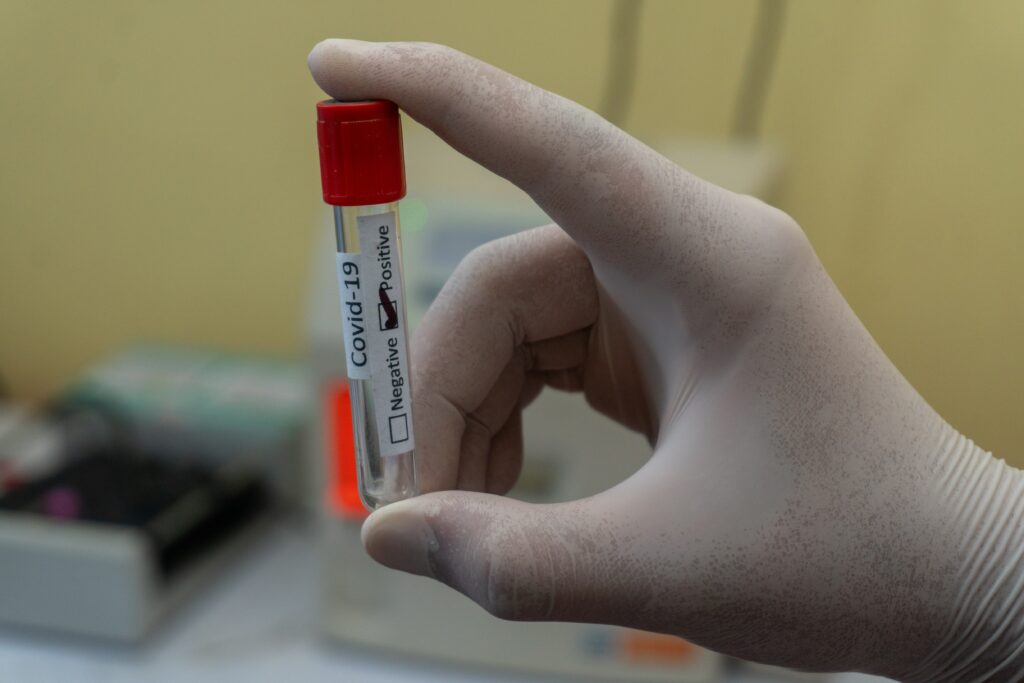
The schools’ infection rate has grown exponentially. When asked to comment on the exact COVID case numbers, SBHS Principal Dr.Simmons responded, “450-550 students are absent each day for various reasons. We do not have a firm COVID positive count.” It is safe to assume that the majority of these various reasons are Omicron- related, but the district is not legally able to confirm or deny whether an absence is due to COVID positivity. In regard to the number of teachers/staff out due to contracting omicron, Simmons added that, “I would say that 25-35 staff are absent each day for various reasons.” These numbers are expected to increase daily, as one omicron positive individual has the potential to infect many.
While the district has vocalized that they are trying to keep students safe and provide important information/guidance to the best of their ability, students and staff have expressed their frustration regarding the protocols in place. One teacher commented that “I would have not known one of my students had COVID if they had not emailed me”. Another added that “the definition of a close contact should shift with the high infection rate of this new strain.” The common sentiment among teachers is they “wish the principal would update us everyday to give a sense of understanding of what’s happening.” One AP science teacher who also wishes to remain anonymous stated their concern for the large number of staff absent with the virus, saying, “Many teachers concur they would rather quit than zoom teach, a lot of students do not know how to be students over zoom, and teachers do not know how to be effective over zoom. My biggest concern about Omicron is that enough of the staff get sick and have to quarantine so that we cant have enough adult bodies to keep the school running. Like cases will not close schools, as ‘we’ve been there and done that’ and realized that we can safely keep schools open.” In order to face this need for teachers the district is trying to recruit more substitute teachers, yet the SB Unified school district pays substitute teachers less than Lompoc and Santa Maria and, “our pay is not enough to convince teachers to risk their health.”
Students are the main demographic impacted by Omicron’s spread, with the district reporting as of January 6th, “since Monday, January 3, 151 students and staff have tested positive on campuses for COVID, in addition to approximately 1,900 students and 250 staff who have been absent each day so far this week.” For those attending school right now, a sense of acceptance about the high possibility of catching Omicon has set in. Junior Charlotte Ryan, in regard to concerns about the new variant stated that, “right now, catching COVID at school is inevitable.” She added that “COVID is spreading like a wildfire right now, and I’m surprised we haven’t switched to remote yet.” Another added that “I don’t see it getting better for a few weeks.” Many are staying at home in attempts to ride out the initial infections caused by travel during break, stating that “the risk is too high.” Those who have contracted the new variant have cited that directions on what to do after positivity are unclear. Student Bennett Van Donge commented on this stating, “ there should be a simple three step process, it’s not difficult to figure out, but it’s needed.” Senior Andre Battle added that these steps should be simplified as “basically over half the school has COVID.” “The main chance of coronavirus spread is the contact tracing errors. For example, “my friend contacted COVID and we shared a lunch, and the school did not notify me a day after she cited me as a close contact,” stated a senior who wishes to not be named. While contact tracing has been phased out in lieu of the testing of the whole school, many students hope for more clear direction from the school in these uncertain times.
As SBHS enters what is described as a “modified quarantine” to ride out this new variant, it is important to keep these safety measures in mind. Wear a tight fitting medical mask, or K-N95, avoid wearing cloth masks, social distance, stay home if sick, social distance from those you eat lunch with, and continue to follow the CDC’s COVID protocols. There is no talk about reverting to hybrid learning, as schools and families are adamant about the detriment it has on student learning. In order for school to stay in session every student must do their part to stop the spread.
[Image Credits Emerson Steady, SB Unified and Prasesh Shikawoti]

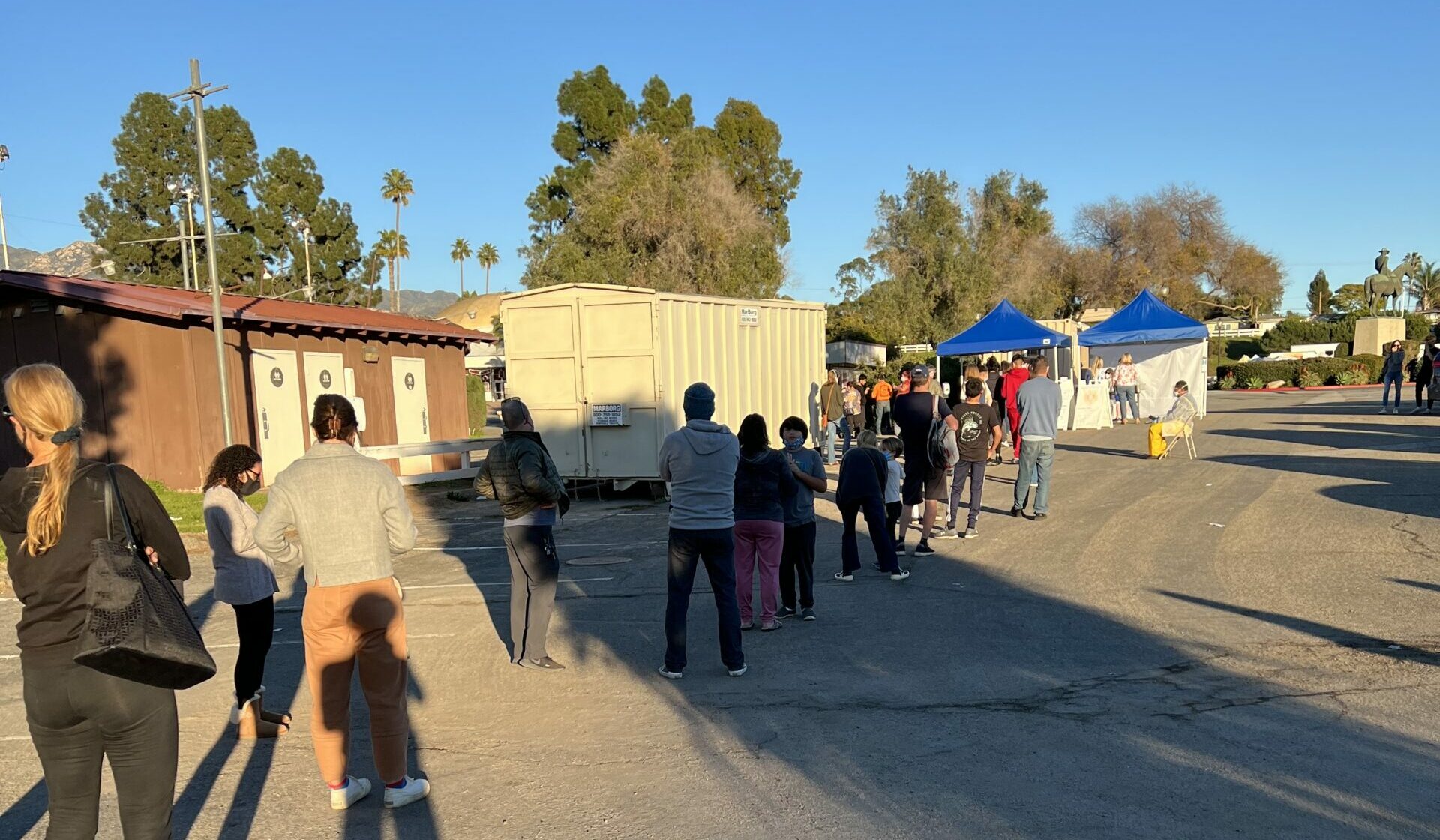


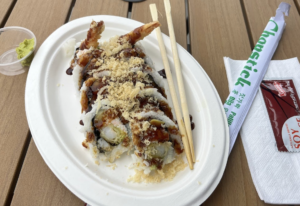
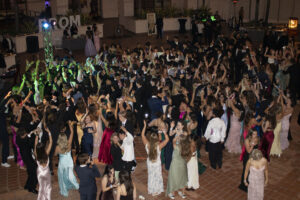
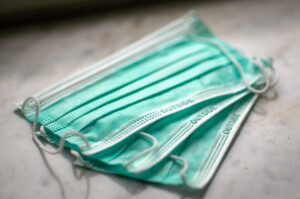
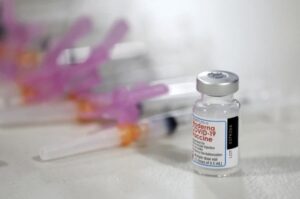

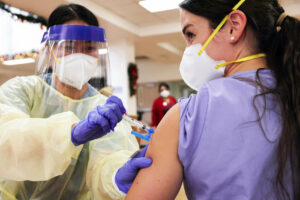
Be First to Comment